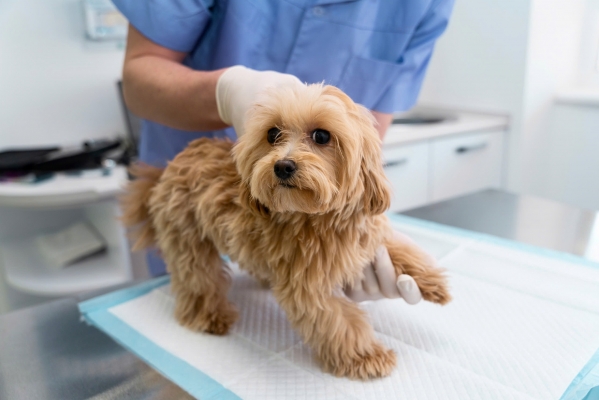Basic procedure for scaling teeth in pets and important notes in dental care
Scaling pet's teeth is an important step in protecting your 'kids' oral health, so how does scaling take place? Let's 'check' with SKY through the basic process and important notes in taking care of your pet's teeth!
Before scaling, veterinarians will perform a general examination to assess the oral condition (level of tartar, gingivitis, etc.) and may perform some tests (heart, lung, liver, kidney, etc.) or blood tests if necessary. This helps ensure that the dog is eligible for anesthesia.

Scaling often requires anesthesia to help pets feel comfortable and avoid panic or strong reactions. The anesthesia method applied at SKY is gas anesthesia, which helps control safety and helps dogs recover faster after the procedure.
The doctor uses a scaler to remove plaque and tartar on the tooth surface as well as under the gums. The teeth will then be polished to limit plaque from returning.

After the scaling is completed, the pet will be monitored until fully awake. Some reactions such as drowsiness, drooling or slightly red gums may occur but will disappear within 24 hours.
So what should we do to take care of our baby's teeth after scaling?
- In the first 24 hours, you should feed your pet soft foods to avoid damaging the gums.
- Maintain oral hygiene by brushing your teeth regularly or using toys and foods that help clean your teeth.
- Regularly check your teeth and perform scaling every 6-12 months to maintain the best health for your pet.
Scaling is an important procedure to help protect your pet's oral and overall health. Performing this procedure properly at reputable veterinary facilities will help your baby always have fresh breath and avoid dangerous diseases.
If you have any questions or need advice about teeth cleaning services for your baby, please contact SKY Animal immediately for the best support.
Related article

